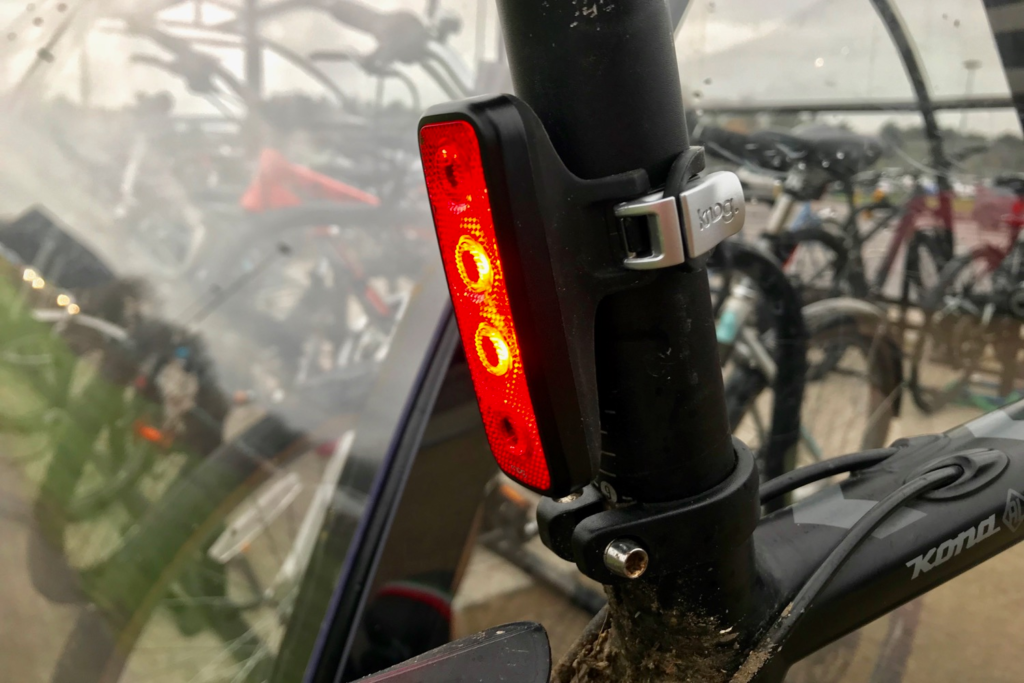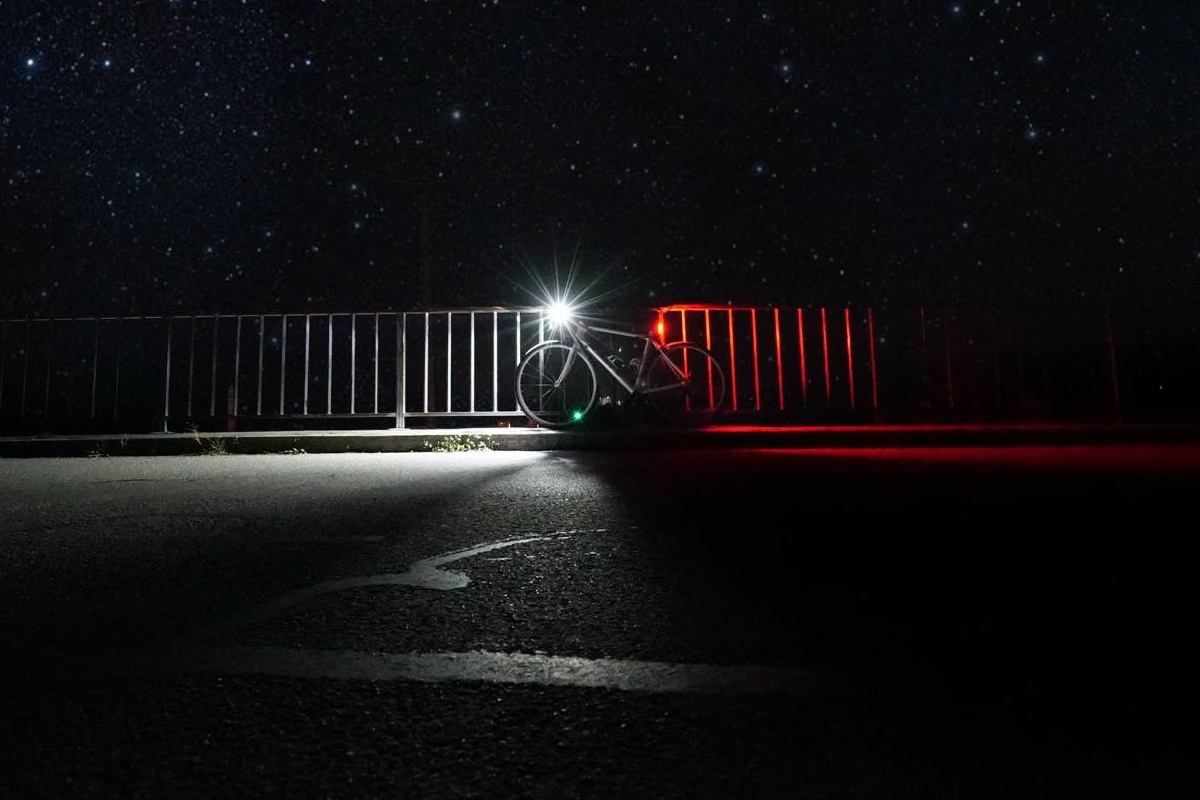Biking at night or in low-light conditions demands proper illumination for safety. Explore how to pick the best bike lights for visibility.
In the hustle and bustle of modern life, many urban dwellers find themselves pedaling their way through the city long after the sun has set. For some, it’s a matter of necessity, while others simply enjoy the tranquility of the night ride. But regardless of the reason, one thing remains constant: the need for proper visibility. Choosing the right bike lights isn’t just about illuminating the path ahead; it’s about ensuring your safety and the safety of those around you.
Understanding the Science: How Do People Respond to Flashing vs. Static Lights?
Before delving into the specifics of bike lights, it’s essential to understand how they affect visibility and safety. Flashing lights tend to attract more attention than static ones, making them a popular choice for cyclists looking to increase their visibility on the road. The intermittent bursts of light draw the eye of drivers and pedestrians alike, alerting them to the presence of a cyclist and reducing the risk of accidents.
However, it’s important to note that while flashing lights may be more attention-grabbing, they can also be more annoying to others on the road, potentially leading to driver distraction or irritation. Some studies suggest that steady lights may be more effective at helping drivers judge the distance and speed of an approaching cyclist, leading to safer interactions on the road.
Ultimately, the choice between flashing and static lights comes down to personal preference and riding conditions. In areas with heavy traffic or complex road layouts, flashing lights may provide an extra layer of safety by ensuring that drivers and pedestrians are aware of your presence. However, in quieter or more rural settings, steady lights may offer a more consistent source of illumination without causing unnecessary distractions.
Shedding Light on the Options: Types of Bike Lights
When it comes to choosing bike lights, the options can seem overwhelming. From compact LEDs to high-powered headlights, there’s a wide range of styles and features to consider. Here are some of the most common types of bike lights:
Front Lights
Front lights are essential for illuminating the path ahead and alerting oncoming traffic to your presence. They come in a variety of styles, including:
- Headlights: These powerful lights are mounted on the front of the bike and provide a broad beam of illumination.
- Helmet Lights: Lightweight and portable, helmet lights can be attached to your helmet for added visibility and versatility.
- Handlebar Lights: Mounted directly onto the handlebars, these lights offer a convenient way to light up the road ahead.
Rear Lights
Rear lights are crucial for making cyclists visible to vehicles approaching from behind. Common types of rear lights include:
- Taillights: These compact lights are mounted on the back of the bike and emit a steady or flashing red light to alert drivers to your presence.
- Blinkers: Similar to turn signals on a car, blinkers can be attached to the rear of the bike and used to indicate changes in direction or movement.
Additional Lights
In addition to front and rear lights, many cyclists also use additional lights to increase their visibility from all angles. These may include:
- Wheel Lights: Mounted on the spokes of the wheels, these lights create eye-catching patterns as you ride, increasing your visibility to others on the road.
- Side Lights: Mounted on the frame or forks of the bike, side lights provide additional visibility from the sides, helping to prevent collisions at intersections or in crowded urban areas.
Shedding Light on Luminosity: How Bright is Bright Enough?
When it comes to bike lights, brightness matters. A bright light not only helps you see the road ahead more clearly but also makes you more visible to others on the road. But how bright is bright enough?
Lumens vs. Lux
When shopping for bike lights, you’ll likely come across two common terms: lumens and lux. Lumens measure the total amount of visible light emitted by a light source, while lux measures the intensity of light at a specific point or distance. In general, higher lumens and lux values indicate a brighter light that will illuminate a larger area.
Choosing the Right Brightness
The ideal brightness for your bike lights will depend on several factors, including the type of riding you do and the conditions you encounter. For urban commuters who primarily ride on well-lit streets, a lower brightness may be sufficient. However, for cyclists who venture off-road or ride in remote areas with limited lighting, a higher brightness may be necessary to safely navigate the terrain.
It’s important for cyclists to familiarize themselves with the specific bike light laws in their area to ensure compliance and enhance their safety on the road. Additionally, even in areas where bike light laws are not strictly enforced, using lights and other visibility aids can significantly reduce the risk of accidents and improve overall safety for cyclists.
What Do You Want Them For?: Matching Lights to Your Needs
When choosing bike lights, it’s essential to consider how and where you’ll be using them. Are you a daily commuter navigating busy city streets, or are you a weekend warrior hitting the trails? Understanding your specific needs and riding conditions will help you choose the right lights for your bike.
Commuting
If you primarily use your bike for commuting, your main concerns are likely visibility and safety on the road. Look for lights that are bright enough to make you visible to drivers and pedestrians, with features like flashing modes for added attention-grabbing power.
Trail Riding
For off-road enthusiasts, rugged terrain and low-light conditions demand high-powered lights that can illuminate the trail ahead. Look for lights with a wide beam pattern and adjustable brightness settings to adapt to changing conditions on the trail.
Night Riding
Whether you’re a night owl or simply enjoy the tranquility of a nighttime ride, proper lighting is essential for staying safe after dark. Opt for lights with long battery life and durable construction to withstand extended use in low-light conditions.
Examples of Popular Lights
Front Lights
- Headlights:
- NiteRider Lumina OLED 1200 Boost
- Features high lumens output, OLED display, and multiple brightness settings.
- Helmet Lights:
- Light & Motion Vis 360 Pro
- Compact and lightweight, with a versatile design for easy mounting on helmets.

- Handlebar Lights:
- Lezyne Mega Drive 1800i
- Powerful handlebar-mounted light with customizable brightness levels and long battery life.
Rear Lights
- Taillights:
- CygoLite Hotshot Pro 200
- Offers high visibility with 200 lumens output and multiple flashing modes for added safety.
- Blinkers:
- Knog Blinder MOB V Four Eyes Rear Light
- Compact and stylish blinker light with multiple brightness settings and easy attachment options.

Additional Lights
- Wheel Lights:
- The Best Wheel lights
- Creates eye-catching patterns and designs on your wheels for increased visibility and style.
- Side Lights:
- Portland Design Works Danger Zone Tail Light
- Attaches to the frame or forks of your bike, providing additional visibility from the sides for safer riding.
Choosing Bike Lights
Choosing the right bike lights is a crucial step in ensuring your safety and visibility on the road. Whether you’re a daily commuter navigating city streets or a weekend warrior exploring the trails, the right lights can make all the difference. By understanding the science behind visibility, exploring the various types of lights available, and considering your specific needs and riding conditions, you can select the perfect lights to illuminate your path and keep you safe on your journey.
References:

